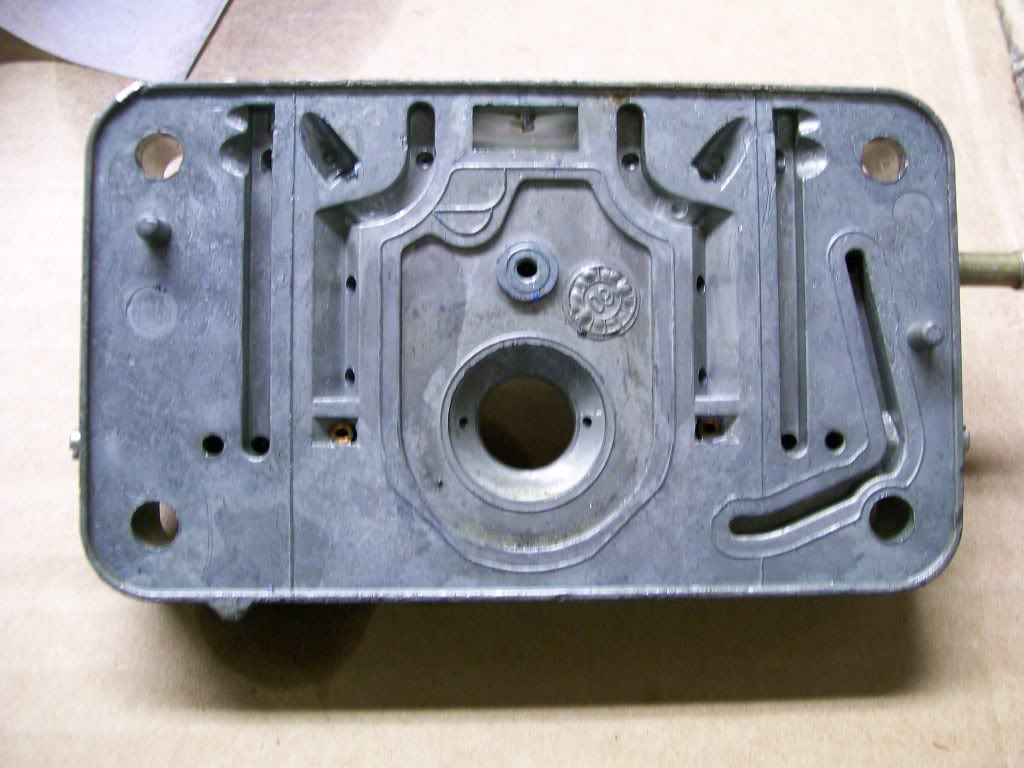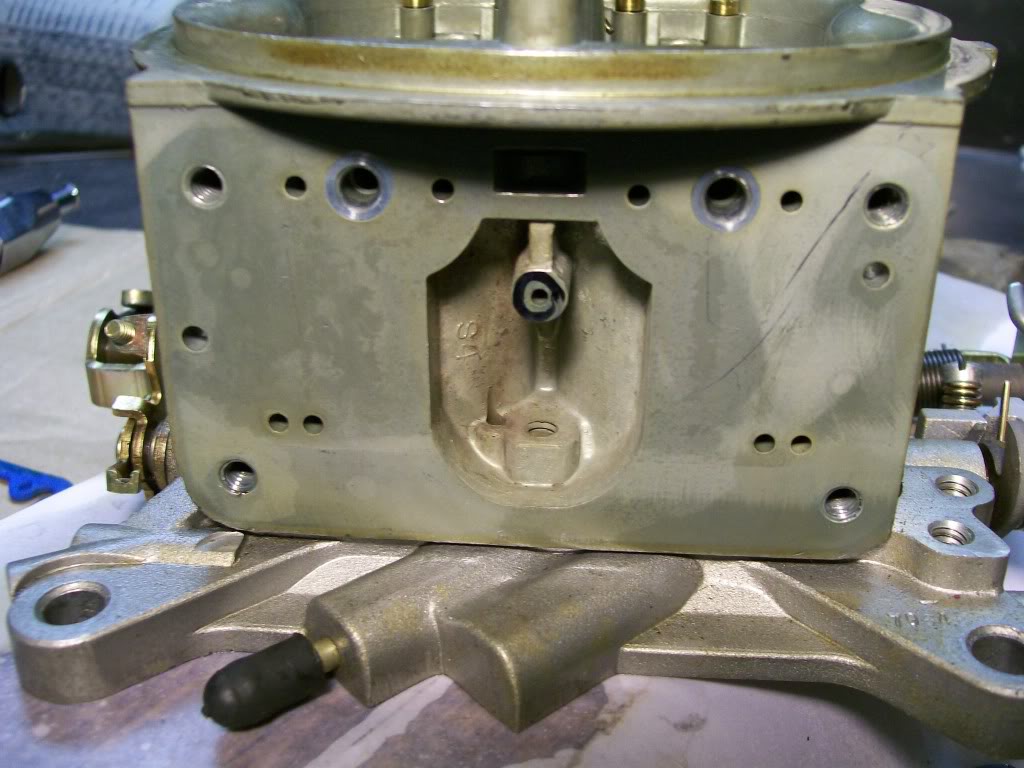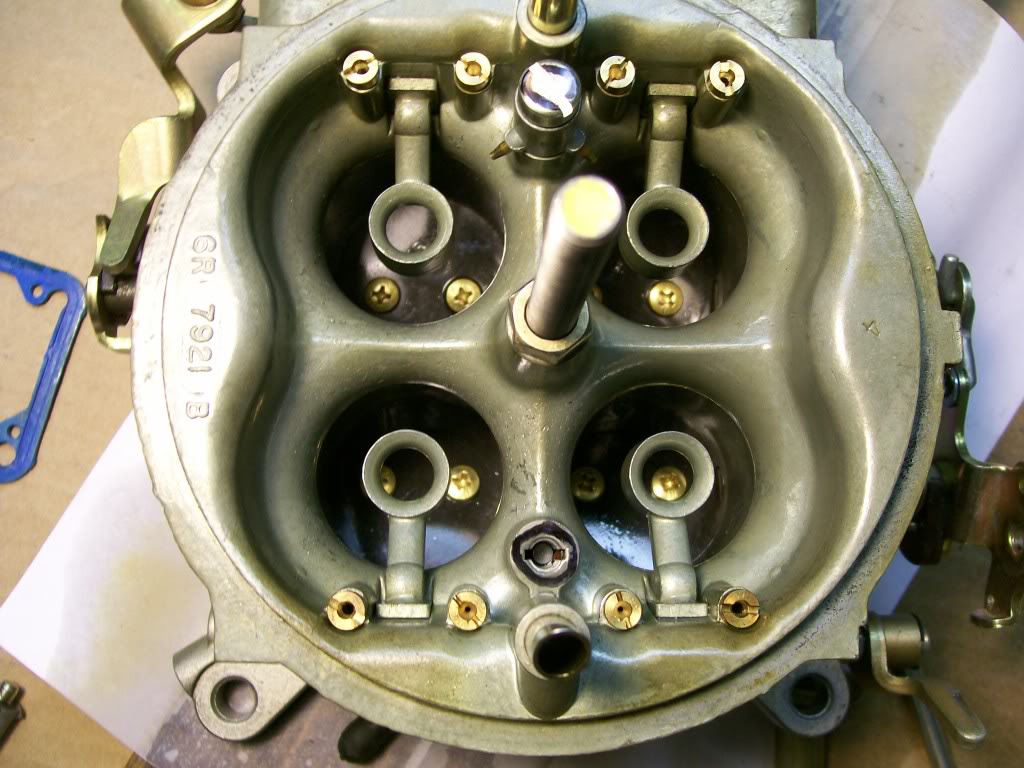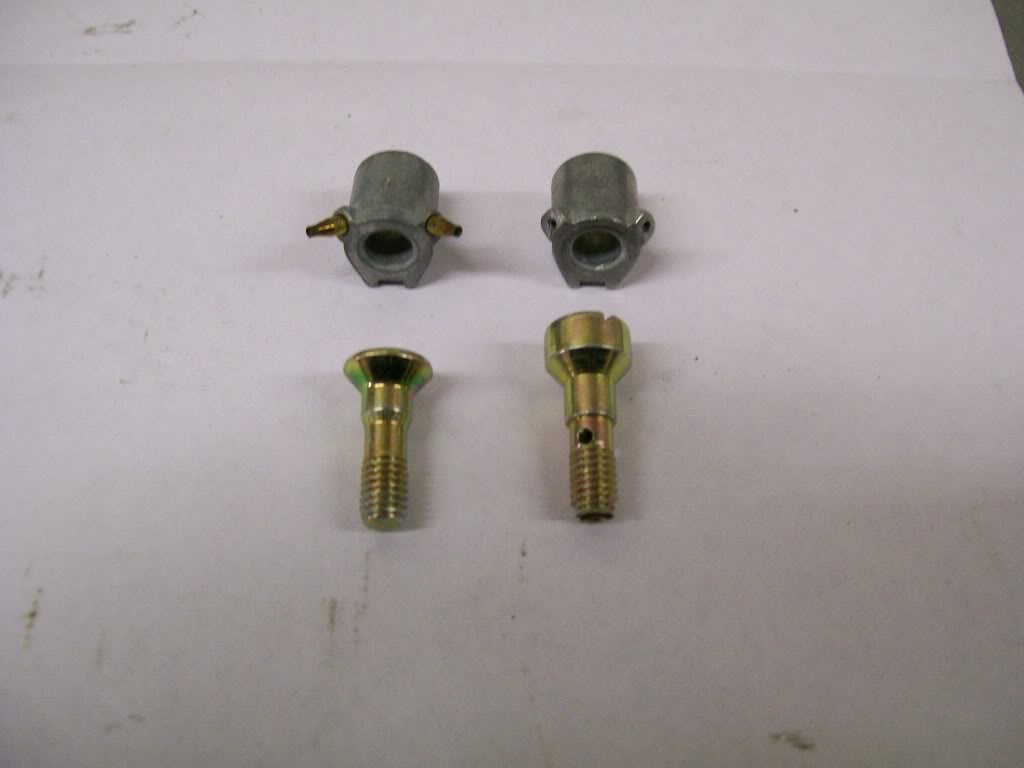You must be logged in to rate content!
6 minute(s) of a 668 minute read
3-4-2012
I appreciate the idea of stepping aside and letting me carry on. But that is not what keeps me going. I need the input from people like yourself.
I already know this stuff, it becomes to easy to rise above the situation if I don't get feeback to keep me focused on the basics.
Ok. life lesson.....
I'm not so closed minded that I can't remember my past and remember times that I didn't raise my hand in question.
I'm not so closed minded that I can't remember times that I had an opportunity to learn more but my pride caused me to shut my mouth.
I'm not too old to remember the feeling of finally understanding most of the intricrate details of the workings of a Hollley carburetor, or the workings and how to's that I have shown so far.
I'm not too prideful now that I can't still feel the lostness of trying to diagnose a problem under the hood.
The bottom line, if we all keep this frame of mind, if I was you all, with an apppetite to learn, I'd want someone to share their knowledge with me.
Taken from a PM I got. He knows who he is.
"what a time we live in that someone like myself can learn from someone like you, thousands of miles away-never meeting face to face nor even sharing a conversation."
I'll never take credit personally for what I've taught here, just knowing I changed a life for the better, that's good enough.
We started the accelerator pump write up with seperating the vacuum secondary carb from the mechanical secondary carb.
In both carburetors the initial pump process starts with the plastic cam. Now the take a look at where it ends, where the pump fuel enters the airsteam.
First the fuel has to travel through the metering block. First the fuel enters the metering block from the other side and leaves from the small hole just above the large hole on the center.

This metering block plays a big role in the funtion of the carburetor. I wish I had taken a picture of the other side. On the other side are the jets, and the large threaded open hole is where the power valve is located. The metering block also transfers all the fuel through the proper circuits to the main center section of the carb.
It also has two screws, one located on both sides of the metering block. These screws have tapered ends, they adjust the idle circuit in a way that by turning them in or out you can change the air to fuel ratio at idle.
Now the accelerator pump fuel enters the main center through the hole I marked with a black sharpie.

This is great, we're gonna bring an end to the pump circuit.
Now the business end. This picture is of a double pumper carb. I have removed the "squirter" from the primary side and left the "squirter" in on the secondary side for a visual. Look closely to the primary side where I removed the squirter. Down in the hole you will see a shiney silver item. This is also a check valve. Flip the carb upside down and it will fall out. The idea od this check valve is once a shot of fuel enters the airstream and the pump diaphram returns back to it's neutral position, it will draw fuel from the float bowl, instead of drawing air back in through the squirter.

Now for the squirter. Little do many know, the squirter has many variables that can be purchased.
Let's start with the different sizes. They have two holes that ranges from around 30 to 45 thousands. Imagine using the smaller ones that will restrict the flow, yet will have a longer squirt. A larger one will dump the fuel faster.
The squirters are easy to identify, they have the size stamped into the side of them.

You will also notice one design has small tubes, and the other one doesn't. I believe this is personal preference, perhaps someone has an opinion between the two? I've used both, I didn't notice a difference.
Next..... This is important if you go to a 40 thousands'ish squirter or larger, the volume that the squirter can flow is greater than the stock screw that holds it in place can handle. The fuel flows around the outside of the screw to get to the squirter. Notice the screw on the right, it has a hole on the side and in the center. This screw allows more fuel to pass by so it can satisfy the needs of the larger squirter. The hole provides another way for fuel to pass by quicker.
Shooooeyyyy, now when dealing with a Holley carb, you all can look at it with couriosity instead of discouragment. At least the accelerator pump circuit so far.